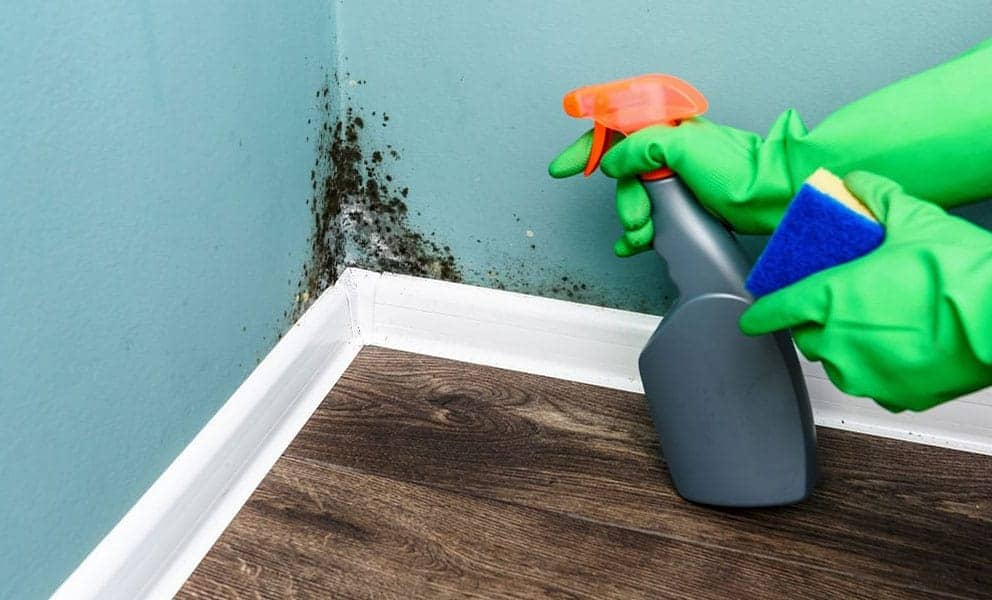
Damp wall treatment is a hot topic for anyone living with damp on their walls. Most people want to know whether it’s necessary and what different types of treatment are available. All of that and more is covered in our beginner’s guide…
When you spot damp on your walls or ceiling, the first question that springs to mind is whether it needs to be treated. Put simply, the answer is yes – for four main reasons.
Untreated damp provides the perfect cold, moist environment for mould to grow. If mould develops inside your home, it can release harmful spores which impact your indoor air quality. According to the NHS, that can aggravate existing allergies and respiratory problems like asthma, as well as increasing the risk of health issues developing in the first place.
If you ignore damp, the problem will only get worse. Untreated damp can spread and cause decay in wooden fixtures like windowsills, windows or doors. It also leads to the deterioration of plaster and paint, which will only add to the eventual repair costs.
Ignoring damp means ignoring the root cause of the problem. As we’ll outline below, that could be damage to your roof, guttering or walls, for example. Again, this problem could potentially get worse and leave you even more out of pocket.
As well as all the other problems, damp is an eyesore. Whether a murky patch on your walls, stained ceilings, a mouldy corner of the room, or damaged plaster, it’s not something you want to see or be around – and nor do any of your relatives or guests.
The way you’ll need to treat damp depends on what’s causing it. In other words, the kind of damp you’re dealing with. This can be broken down into three main categories…
Penetrative damp refers to moisture that has penetrated your property through the walls, roof or a leaking pipe or appliance. As you might expect, this can usually be treated by fixing the root cause, which will stop the moisture getting in.
Sometimes, that’s not possible. Wind-driven rain could be soaking your brickwork, leading to water ingress. Alternatively, salty sea spray could be causing your render to break down, leaving your walls exposed to the elements. And we all know you can’t ‘fix’ the weather.
In these cases, a durable, weather-resistant external wall coating can protect your walls from water ingress. SprayCork has no reaction to salt and features a 25-year guarantee, so you can rest assured it’s a long-lasting damp wall treatment for these issues.
Rising damp needs an effective damp-proof course to stop moisture rising through the walls. This can be achieved using water-blocking chemicals, a pore-blocking salt mixture or an exterior wall coating that tackles the problem from the outside.
The most common cause of damp is the moisture that occurs naturally inside your home – from cooking, showering and even breathing.
Ventilation can sometimes eliminate the issue, whether it’s the use of extractor fans in bathrooms and kitchens or just opening windows whenever possible. You can also prevent condensation from gathering on cold surfaces by keeping your home warm.
Unfortunately, those measures don’t always suffice. A damp-proof internal wall coating is an additional measure you can take, which stops condensation forming on your walls as well as improving insulation to stop the wall itself becoming too cold.
If you need to treat damp walls on your home, CorkSol is on hand to help. We provide unique cork-based wall coatings that can assist in the treatment of different kinds of damp. With our national network of approved applicators, you can wave goodbye to the health, structural and cost problems that damp brings.
"*" indicates required fields